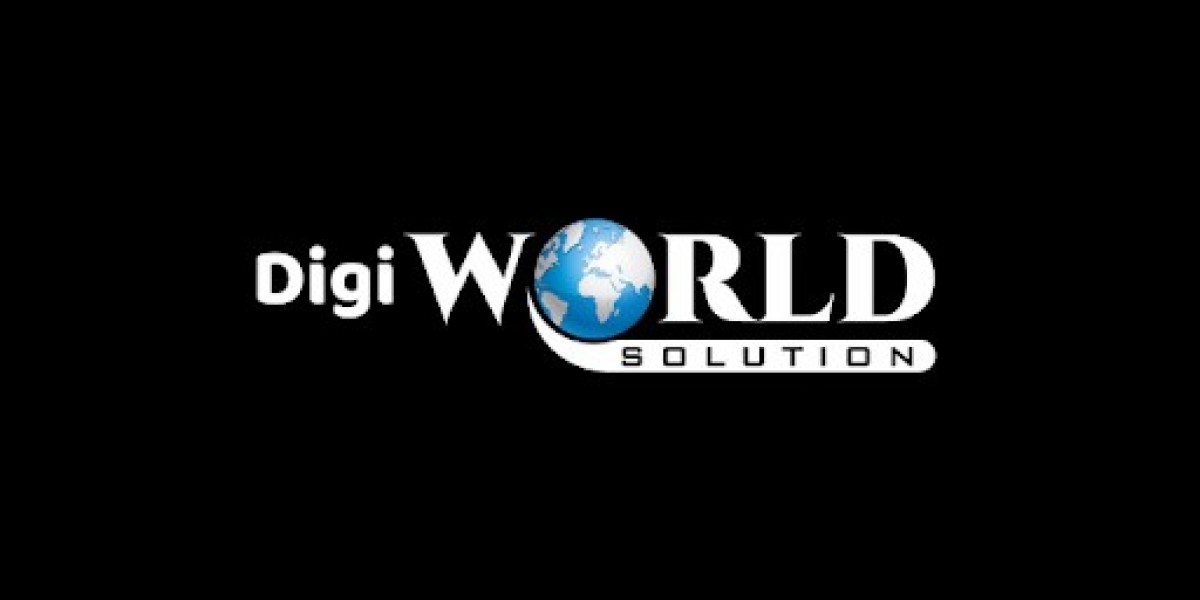Introduction:
In March 2008, the world stood on the precipice of an economic disaster that shook the foundations of the global financial system. Fueled by excessive greed, reckless lending practices, and a lack of regulatory oversight, the stage was set for what would become known as the Global Financial Crisis. This event, which originated in the United States, quickly spread its tentacles across the globe, leaving a trail of devastated economies, bankrupt businesses, and shattered dreams. With governments scrambling to salvage a sinking ship, 2008 marked a turning point in history, forever altering the way in which we view and manage the world economy.
Body:
The seeds of the Global Financial Crisis were sown years before the fateful events of 2008 began unraveling. In the United States, a housing bubble had been inflating for years, fueled by easy credit and loose lending standards. Lenders recklessly extended mortgages to borrowers who were ill-equipped to handle the financial obligations, leading to an unsustainable rise in housing prices. As interest rates started to rise, mortgage payments became unaffordable for many, triggering a wave of defaults.
The collapse of the housing market had a domino effect, setting off a chain reaction of financial institutions facing insurmountable losses. Major banks, such as Lehman Brothers and Bear Stearns, found themselves on the brink of bankruptcy as the toxic assets they held on their balance sheets deteriorated rapidly in value. As the financial sector started crumbling, panic spread like wildfire throughout global markets.
In response to the crisis, governments and central banks worldwide intervened with massive rescue packages to stabilize their respective economies. Interest rates were slashed, and liquidity was injected into the system to prevent the wheels of finance from grinding to a total halt. Amidst the chaos, iconic billion-dollar bailouts, such as TARP (Troubled Asset Relief Program) in the United States and the banking rescue in the United Kingdom, became symbolic of the immense challenges faced by the global economy.
The consequences of the Global Financial Crisis were far-reaching and long-lasting. The shockwaves reverberated beyond financial markets, leading to a deep recession in many countries and an unprecedented surge in unemployment. The crisis exposed flaws in the global financial system, prompting a rethinking of regulations and oversight. Governments vowed to implement stricter rules to prevent a similar catastrophe in the future, and international institutions, such as the G20, were formed to coordinate international efforts.
Conclusion:
March 2008 not only marked the beginning of the Global Financial Crisis but crystallized the urgent need for comprehensive reforms and a more responsible approach to finance. This event remains a stark reminder of the devastating consequences of unchecked greed and the importance of robust regulatory frameworks. As we look back at this turning point in history, its impact serves as a constant reminder of the fragility of the global financial system and the ongoing need for vigilance and prudent decision-making.








